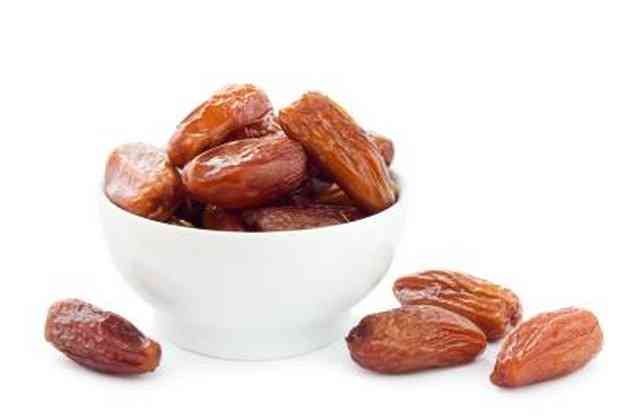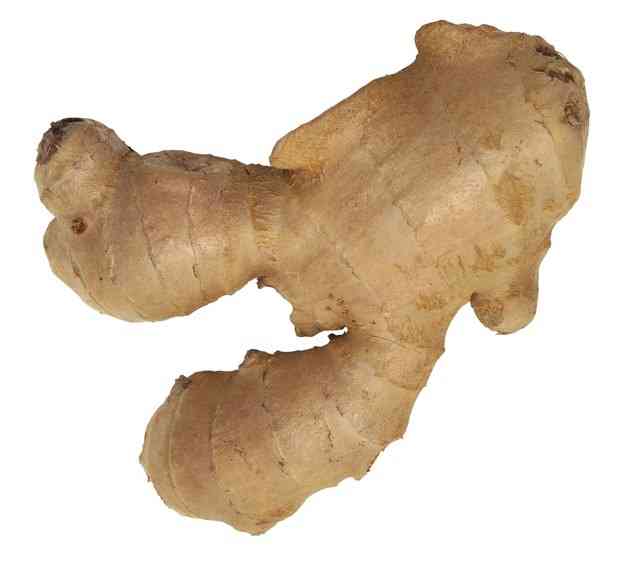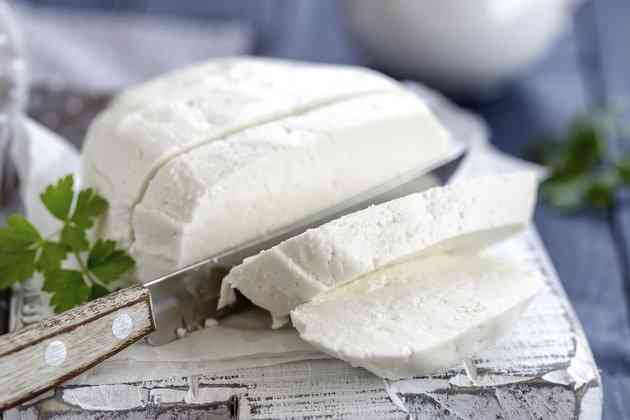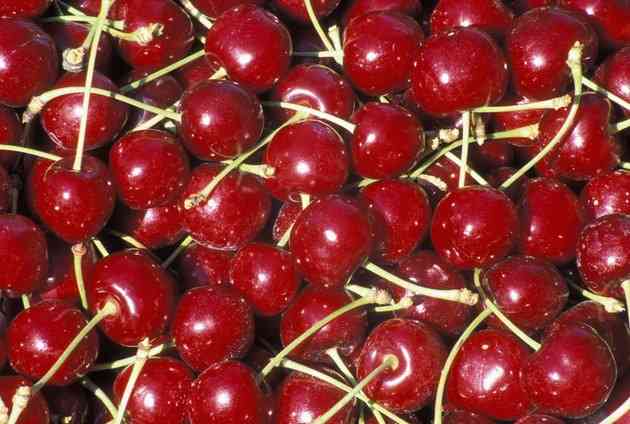Fresh Dates vs. Dried Dates

People have been eating dates for more than 4,000 years. As one of the sweetest fruits, dates are rich in carbohydrates and provide your body with a healthy source of energy. When you think of dates, you may think of the dried fruits, but you can also eat fresh dates. With its lower moisture content, the dried date is a more concentrated source of nutrients than the fresh. Knowing the differences between the two types of dates can help you determine which works best in your meal plan.

Fresh vs. Dried
The fresh dates are available soft, semi-soft or dry. The dry fresh date is not the same as the dried date. A dry date simply contains less moisture than a soft date. Fresh dates, if kept in an airtight container, stay fresh for up to 8 months if kept refrigerated, or for up to year in the freezer. A dried date is deliberately dehydrated to remove its moisture. Dried dates have a longer shelf-life than the fresh. Dried dates if refrigerated in an airtight container stay fresh for up to one year, and if in the freezer can last up to five years.
Calories
When it comes to calories, dried dates are significantly higher in calories than fresh. A 3.5 oz. serving of dried dates contains about 284 calories, while the same size serving of fresh dates contains 142 calories. As a lower energy-density food, fresh dates make a better choice if you're trying to control your weight. Low energy-density foods help satisfy your appetite on fewer calories than high energy-density foods, like the dried dates.
Macronutrients
Macronutrients are the nutrients your body needs in the largest amounts, and include protein, fat and carbohydrates. The macronutrient content of fresh dates vs. dried dates are different. While protein and fat only differ slightly, the carbohydrate content doubles in dried dates when compared to fresh. Dried dates are also a better source of fiber. A 3.5 oz. serving of fresh dates contains 1.8 g of protein, 1 g of fat, 37 g of carbohydrates and 3.5 g of fiber. The same size serving of dried dates contains 2.8 g of protein, 0.6 g of fat, 76 g of carbohydrates and 5 g of fiber.
Micronutrients
Micronutrients are nutrients your body needs in smaller quantities, such as vitamins and minerals. Dried dates are a better source of calcium and iron than fresh, but fresh dates are a better source of vitamin C. A 3.5 oz. serving of fresh dates contains 34 mg of calcium, 6 g of iron and 30 mg of vitamin C, and the same size serving of dried dates contains 81 mg of calcium, 8 mg of iron and 0 mg of vitamin C. Vitamin C is a less stable nutrient than either calcium or iron, and is destroyed by both heat and storage.




